A hospital-based infection is also known as a nosocomial infection in the medical literature. These types of infections are engendered in the hospital environment itself. For instance, just the act of visiting a loved one in the hospital or conversing with hospital staff could increase the likelihood of developing a hospital-based infection.
Etiology and Risks of Hospital-based Infections
Patients with weakened immune systems are especially prone to fungal and bacterial infections in a hospital setting. In fact, the Centers for Disease Control and Prevention estimates that nearly two million hospital-based infections occur every year in the United States. These infections are transmitted via microorganisms and other harmful bacteria; all told, approximately 100,000 people die per year because of hospital-based infections.
Hospital-based infections or nosocomial infections are so debilitating because these microorganisms can lead to pneumonia and virtually intractable infections of the bloodstream. Weakened immune systems only exacerbate the problem; moreover, these hospital-based infections are sometimes impervious to antibiotics.
There’s also something called antibiotic resistance, which is a drug resistance where subpopulations of the microorganism survive exposure to the antibiotic, and the troubling reality that antibiotic resistance can permeate gram-negative microorganisms that, in turn, threaten populations outside of the hospital setting. All told, the CDC estimates that nearly one in ten patients become infected annually in the United States alone.
The CDC also reports that the leading hospital-based infection in the US is urinary tract infections, accounting for approximately one-third of all infections, and surgery-based infections as well as bloodstream infections are also major components of the hospital-based infection picture.
Prevention and Institutionalized Sanitation Protocols
Hospitals across the nation have begun implementing regulations vis-à-vis uniforms, equipment sterilization and hand washing. Intensive hand washing and the use of alcohol rubs are integral prevention measures in the effort to ward off hospital-based infections. Staff is encouraged to thoroughly wash their hands before and after patient contact to avoid spreading harmful bacteria to patients with compromised immune systems.
Sterilization is considered one level more intensive than sanitation in that the former kills microorganisms on medical equipment and surfaces staff and patients come into regular contact with. In the sterilization effort, heat, ionizing radiation, chemicals and pressured steam may be employed by hospital staff to diminish the chances of hospital-based infections attaining a foothold.
According to the Centers for Disease Control and Prevention, hand washing is considered the most vital means for reducing the risk of spreading harmful skin microorganisms. The trick for hospital staff is to wash their hands as quickly and thoroughly as possible, especially after exposure to blood and other bodily fluids as well as articles (e.g., clothing) coming into contact with either. These measures constitute infection control and what the CDC terms isolation precautions, which is effectively a colloquial term for the homey adage, better safe than sorry.
Modern research shows that between one-third and one-half of hospital-based infections are associated with improper hand washing by health-care professionals. In fact, the problem is so ubiquitous and potentially avoidable that the World Health Organization unveiled the GLOBAL Patient Safety Challenge in 2005 to remind health-care professionals about proper hand washing protocol. The aim of this initiative is to cut down on transient flora and resident flora; both of which increase the odds of contracting a hospital-based infection.
Takeaway Points on Hospital-Based Infections
In the United States nearly two million people annually are affected by hospital-based infections. Global initiatives are underway by the World Health Organization to let medical professionals know the risks and preventative measures needed to combat the spread of harmful microorganisms in hospital settings. Hand washing and sterilization are two vital components in this fight.
